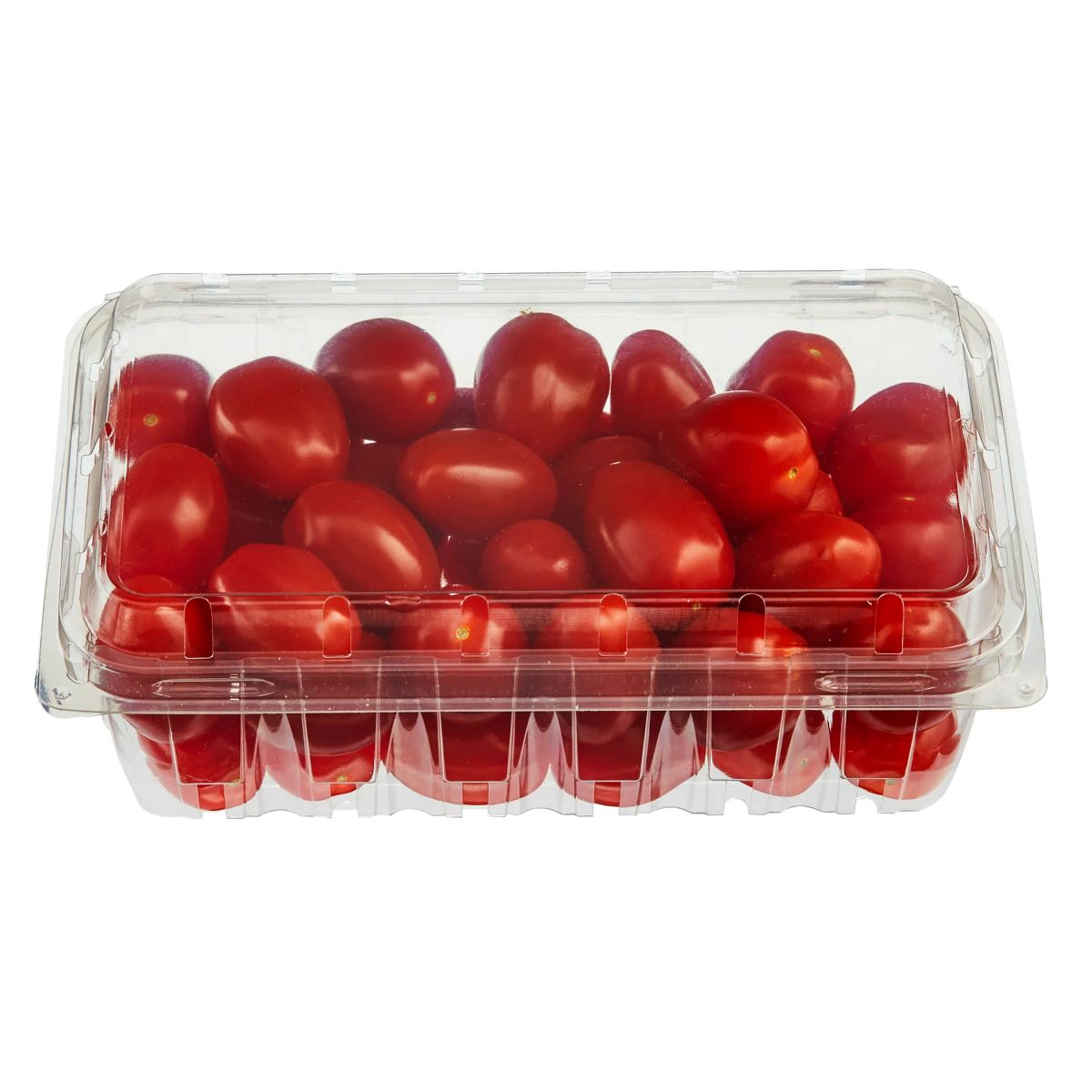

Articles
How To Store Grape Tomatoes
Modified: December 7, 2023
Learn the best methods for storing grape tomatoes to keep them fresh and flavorful. Discover effective tips and tricks in this informative articles.
(Many of the links in this article redirect to a specific reviewed product. Your purchase of these products through affiliate links helps to generate commission for Storables.com, at no extra cost. Learn more)
Introduction
Grape tomatoes are small, bite-sized fruits that are bursting with flavor. With their vibrant red color and juicy sweetness, they are a favorite ingredient in many dishes. Whether you grow your own grape tomatoes or purchase them from the store, knowing how to store them properly is essential to maintain their freshness and quality.
In this article, we will guide you through the process of storing grape tomatoes to ensure they stay fresh for as long as possible. We will cover different storage methods, including keeping them at room temperature, refrigerating, and even freezing. We will also explore preservation methods that can help extend the shelf life of grape tomatoes, allowing you to enjoy their delicious taste even after the harvest season is over.
By following the tips and techniques provided in this article, you can make sure that your grape tomatoes remain flavorful and nutritious, ready to enhance your salads, pastas, and other culinary creations.
Key Takeaways:
- Keep grape tomatoes fresh by choosing ripe ones, washing and drying them properly, and storing them at the right temperature. Refrigeration and freezing are great options for extending their shelf life.
- Explore preservation methods like canning, drying, preserving in oil, and making tomato paste to enjoy flavorful grape tomatoes in various dishes. Get creative with salads, pasta sauces, roasted vegetables, soups, bruschetta, and salsas!
Read more: How To Store Grape Tomatoes In The Fridge
Choosing Fresh Grape Tomatoes
When it comes to storing grape tomatoes, starting with fresh and ripe tomatoes is key. Here are some tips to help you choose the best grape tomatoes:
- Appearance: Look for grape tomatoes that have a bright and vibrant red color. Avoid tomatoes that are pale or have green or yellow patches, as they may not be fully ripe.
- Firmness: Gently squeeze the tomatoes. They should feel firm but not too hard or too soft. Avoid tomatoes that are mushy or have wrinkles, as they may be overripe or spoiled.
- Aroma: A ripe grape tomato should have a sweet and pleasant aroma. If the tomatoes have no smell or have a sour or unpleasant odor, they may be past their prime.
- Size and Shape: Look for grape tomatoes that are small and round, with no blemishes, cracks, or bruises on the skin. Avoid tomatoes that are misshapen or have damaged skin.
It’s important to note that while appearance and texture are good indicators of freshness, they are not foolproof. Always trust your senses when selecting grape tomatoes, and if in doubt, ask the store or market for assistance.
Once you have chosen the freshest grape tomatoes, it’s time to prepare them for storage to ensure they stay delicious and flavorful for longer periods.
Washing and Drying Grape Tomatoes
Before storing grape tomatoes, it is important to give them a good wash to remove any dirt, debris, or pesticide residue. Here’s a step-by-step guide on how to wash and dry grape tomatoes:
- Rinse: Place the grape tomatoes in a colander or a large bowl. Gently rinse them under cool running water. This will help remove any surface dirt or contaminants.
- Inspect: As you rinse the tomatoes, take a moment to inspect them individually. Remove any tomatoes with bruised, damaged, or moldy spots. Sorting them at this stage will help prevent any spoiled tomatoes from contaminating the rest.
- Pat Dry: After rinsing, gently pat the tomatoes dry with a clean kitchen towel or paper towels. Be careful not to apply too much pressure or squeeze the tomatoes, as this can cause bruising.
It is important to note that washing grape tomatoes before storage can increase their moisture content, which can lead to a shorter shelf life. Therefore, it is recommended to wash them only when you are ready to use them or shortly before storing them.
Now that your grape tomatoes are clean and dry, it’s time to explore different storage methods to ensure their longevity and freshness.
Storing Grape Tomatoes at Room Temperature
Grape tomatoes can be stored at room temperature, but it is important to follow certain guidelines to maintain their freshness and prevent them from spoiling. Here are some tips for storing grape tomatoes at room temperature:
- Choose the right location: Find a cool and well-ventilated area in your kitchen or pantry to store the grape tomatoes. Avoid placing them near heat sources, direct sunlight, or areas with high humidity, as this can cause the tomatoes to spoil quickly.
- Don’t wash before storage: Avoid washing the grape tomatoes before storing them at room temperature. Moisture can speed up the ripening process and lead to spoilage. Only wash them when you are ready to use them.
- Spread them out: Place the grape tomatoes in a single layer on a clean and dry surface, such as a tray or a shallow bowl. This allows air circulation around each tomato, preventing moisture buildup and the potential spread of mold or rot.
- Check for ripeness: Periodically check the grape tomatoes for ripeness. If you notice any tomatoes starting to soften or develop wrinkles, it’s best to use them as soon as possible to avoid spoilage.
When properly stored, grape tomatoes can last for a few days at room temperature. However, it’s important to regularly inspect them and consume them before they start to deteriorate.
If you have a larger quantity of grape tomatoes or want to extend their shelf life even further, refrigeration may be a better option.
Store grape tomatoes at room temperature for best flavor, but if you need to keep them longer, store them in the refrigerator in a paper bag to prevent moisture buildup.
Refrigerating Grape Tomatoes
Refrigeration is an excellent method for extending the shelf life of grape tomatoes. By keeping them in the refrigerator, you can slow down the ripening process and maintain their freshness for a longer period. Here’s how to properly refrigerate grape tomatoes:
- Wrap or store in a container: Transfer the grape tomatoes to a clean and dry container or wrap them loosely in paper towels or a perforated plastic bag. This helps absorb excess moisture and prevents the tomatoes from becoming mushy.
- Choose the right temperature: Set your refrigerator to a temperature of around 45°F to 50°F (7°C to 10°C). This temperature range is ideal for preserving the texture and flavor of the grape tomatoes.
- Keep away from strong odors: Store grape tomatoes away from strong-smelling foods, such as onions, garlic, or strong cheeses. Tomatoes can easily absorb odors, which can affect their taste and aroma.
- Consume within a week: When stored in the refrigerator, grape tomatoes can last for up to a week. However, for the best flavor and quality, try to use them within the first few days.
It’s worth noting that refrigeration can affect the texture of grape tomatoes, making them slightly softer. However, this does not affect their taste or nutritional value, and they can still be used in a variety of dishes.
If you have more grape tomatoes than you can consume within a week or want to preserve them for future use, freezing is a great option.
Read more: How Long Grape Tomato Germinate
Freezing Grape Tomatoes
Freezing is an excellent way to preserve the flavor and texture of grape tomatoes for an extended period. By properly freezing the tomatoes, you can enjoy their vibrant taste even when they are out of season. Here’s how to freeze grape tomatoes:
- Wash and dry: Start by washing the grape tomatoes under cool running water and pat them dry with a clean kitchen towel or paper towels. Remove any stems or leaves attached to the tomatoes.
- Flash-freezing: Place the tomatoes on a baking sheet lined with parchment paper, ensuring that they are not touching each other. This process is called flash-freezing and prevents the tomatoes from sticking together during storage.
- Freezing: Transfer the baking sheet with the grape tomatoes to the freezer and let them freeze for about 2-3 hours, or until they are solidly frozen.
- Transfer to freezer bags: Once the tomatoes are frozen, transfer them into freezer-safe bags or airtight containers. Make sure to label the bags with the date to keep track of their freshness.
- Keep in the freezer: Place the freezer bags or containers with the grape tomatoes in the freezer, ensuring they are stored in a flat position. This will help save space and prevent crushing or damage to the tomatoes.
Frozen grape tomatoes can be stored in the freezer for up to 6-8 months. They are perfect for use in cooked dishes such as soups, stews, sauces, or roasted vegetable medleys. However, it’s important to note that freezing can cause the texture of the tomatoes to become softer upon thawing, so they may not be suitable for fresh applications like salads.
Now that you know how to freeze grape tomatoes, you can enjoy their delicious flavor all year round. However, if you prefer to use them in their fresh state but want to extend their shelf life, there are other preservation methods you can explore.
Extending Shelf Life with Preservation Methods
In addition to refrigerating or freezing, there are several other preservation methods that can help you extend the shelf life of grape tomatoes. Here are some effective techniques to consider:
- Canning: Canning grape tomatoes is a great way to preserve them for long periods. You can either can them whole or in the form of tomato sauce or paste. Follow proper canning techniques and guidelines to ensure safety and longevity.
- Drying: Drying grape tomatoes removes the moisture content and allows them to be stored for months. Simply cut the tomatoes in half, sprinkle with salt or herbs, and place them on a wire rack or in a dehydrator at a low temperature until they are completely dry and shriveled. Store in an airtight container.
- Preserving in oil: Grape tomatoes can be preserved by packing them in oil, such as olive oil. This method adds flavor and allows you to store the tomatoes for an extended period. Pack the tomatoes tightly in a sterilized jar, cover them with oil, and ensure they are completely submerged. Seal the jar tightly and store it in the refrigerator.
- Making tomato paste: Tomato paste is a concentrated form of tomatoes that can be used in various recipes. By cooking down grape tomatoes until thick and smooth, you can create your own homemade tomato paste. Transfer the paste to sterilized jars, cover with a thin layer of oil, and refrigerate or freeze for later use.
These preservation methods not only extend the shelf life of grape tomatoes but also provide you with flavorful ingredients to enhance your cooking. However, it’s important to follow proper food safety guidelines and instructions specific to each preservation method to ensure the best results.
Now that you have learned different techniques to preserve grape tomatoes, it’s time to explore the various ways you can use them in your culinary creations.
Using Stored Grape Tomatoes
Stored grape tomatoes can be a versatile ingredient in a variety of dishes. Whether you have stored them in the refrigerator, freezer, or preserved them through different methods, here are some creative ways to use them:
- Fresh Salads: Use chilled grape tomatoes in refreshing salads. Toss them with mixed greens, cucumbers, feta cheese, and a light dressing for a delicious and colorful salad.
- Pasta Sauces: Thawed or canned grape tomatoes can be used to make flavorful pasta sauces. Simmer them with garlic, onions, herbs, and a splash of wine for a quick and tasty sauce.
- Roasted Vegetables: Toss thawed grape tomatoes with other vegetables like bell peppers, zucchini, and onions. Roast them in the oven until caramelized for a delicious side dish or topping for pizzas and sandwiches.
- Tomato Soups: Use frozen or canned grape tomatoes to make hearty tomato soups. Combine them with onions, garlic, broth, and herbs, then blend until smooth for a comforting and flavorful soup.
- Bruschetta: Thawed or canned grape tomatoes are perfect for making bruschetta toppings. Combine them with fresh basil, garlic, olive oil, and balsamic vinegar. Serve on toasted bread for a delicious appetizer.
- Salsas and Dips: Chop thawed grape tomatoes and combine them with onions, cilantro, lime juice, and spices to make fresh and vibrant salsas or dips. Perfect for serving with tortilla chips or as a topping for grilled meats.
These are just a few ideas to get you started, but feel free to get creative! Experiment with different recipes and incorporate stored grape tomatoes into your favorite dishes. They can add a burst of flavor and color to any meal, even when they are not in season.
Remember to adjust the cooking times and techniques based on the state of the grape tomatoes you are using. Fresh ones can be added towards the end of cooking for a burst of freshness, while frozen or canned ones can be used throughout the cooking process.
With these tips, you can make the most out of your stored grape tomatoes and enjoy their delicious taste long after the harvest season has ended.
Frequently Asked Questions about How To Store Grape Tomatoes
Was this page helpful?
At Storables.com, we guarantee accurate and reliable information. Our content, validated by Expert Board Contributors, is crafted following stringent Editorial Policies. We're committed to providing you with well-researched, expert-backed insights for all your informational needs.
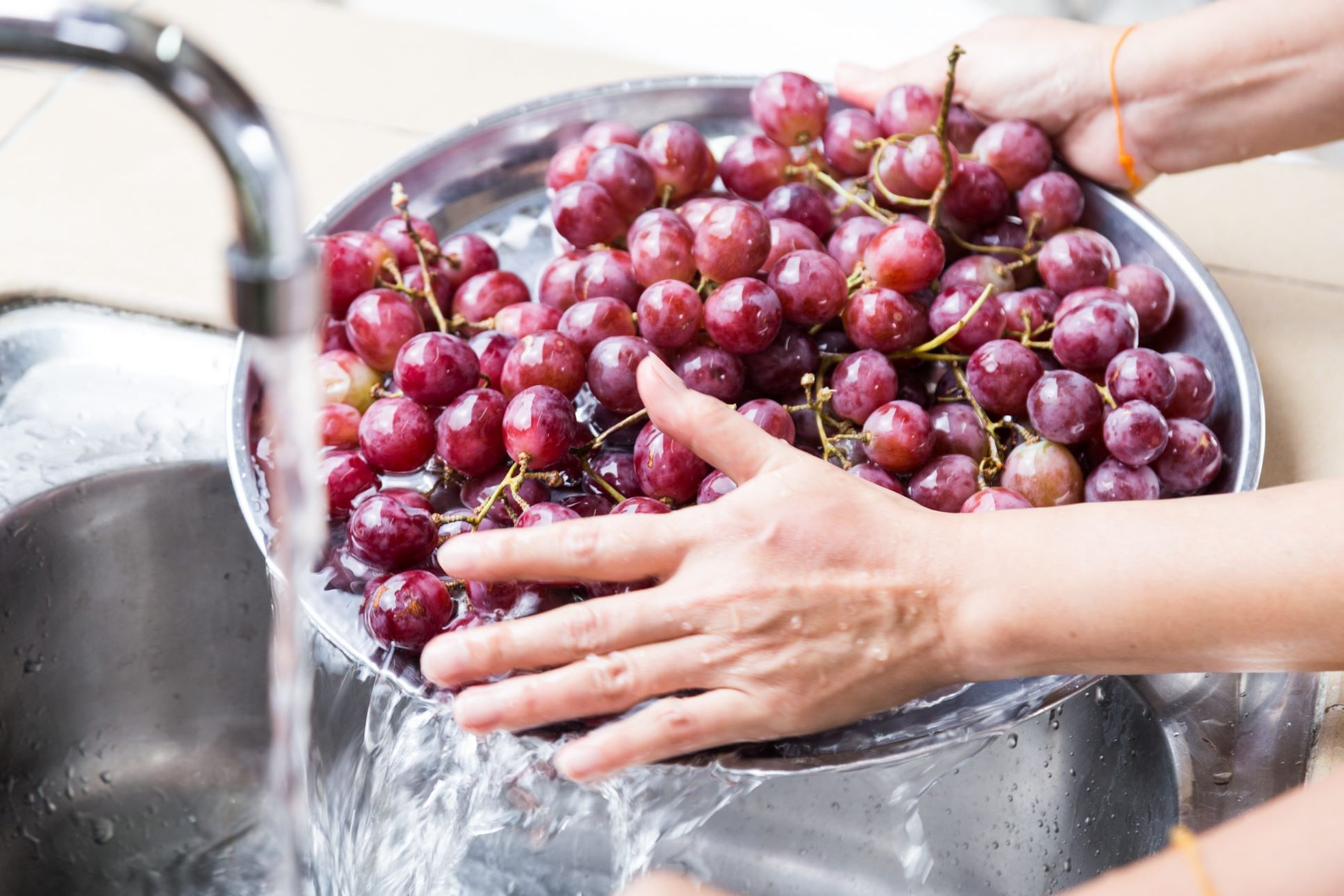
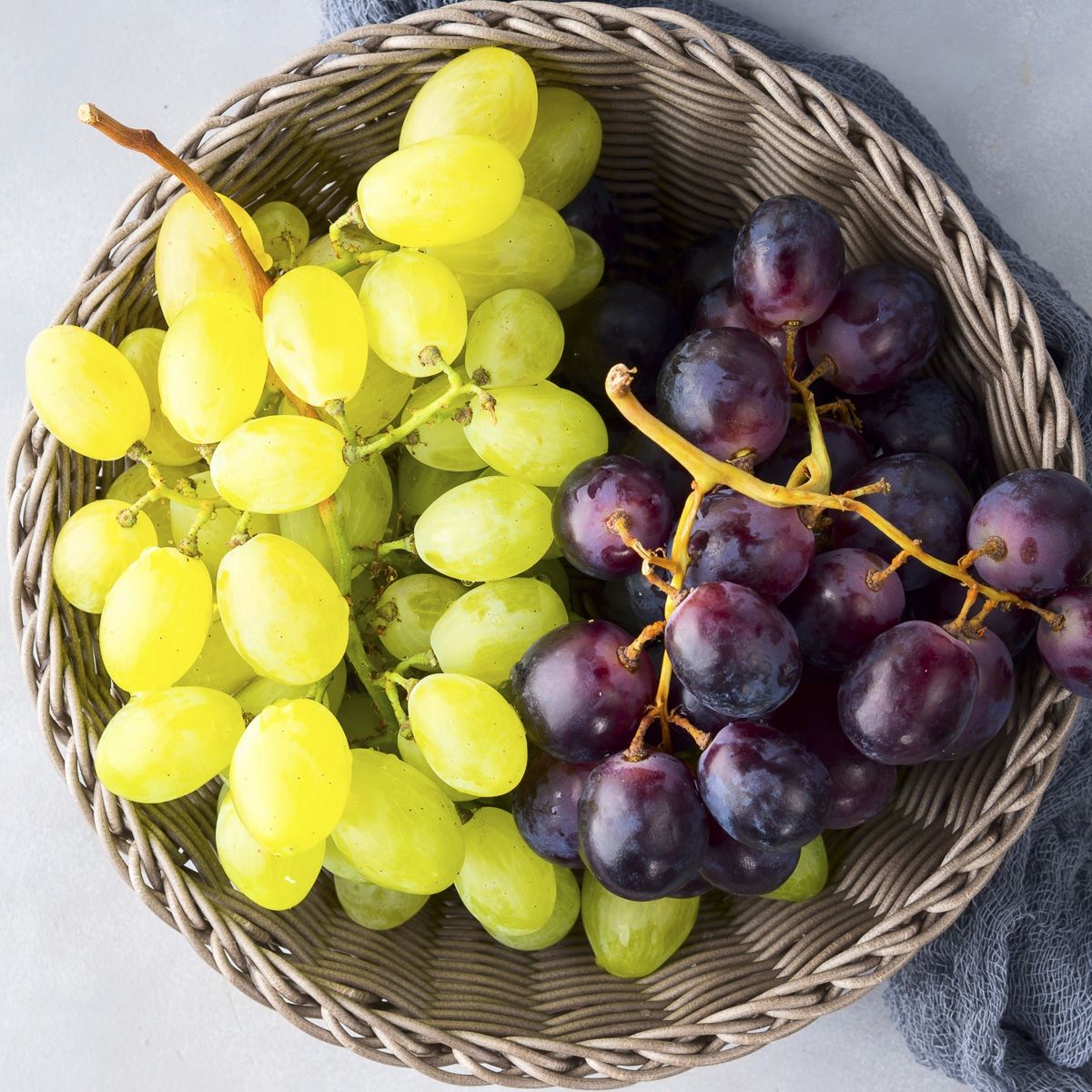
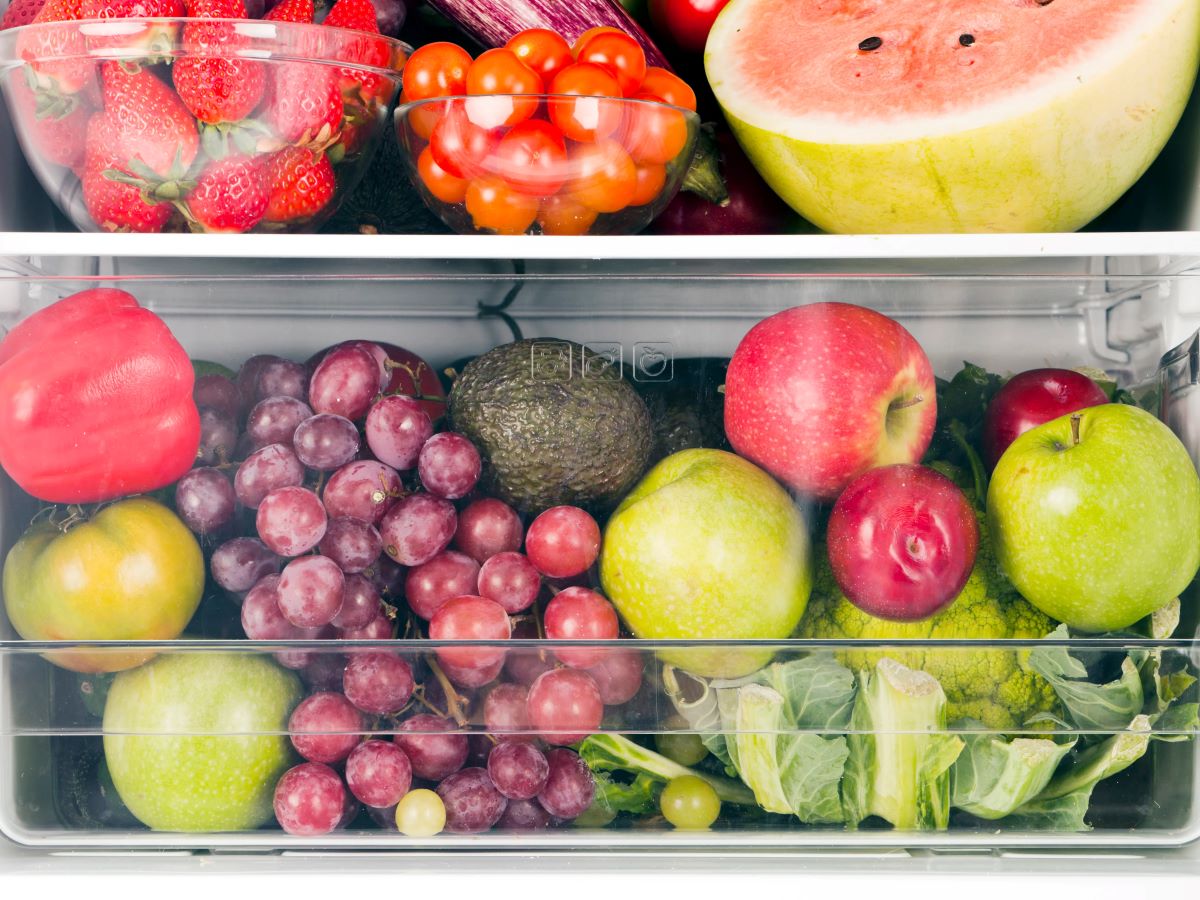
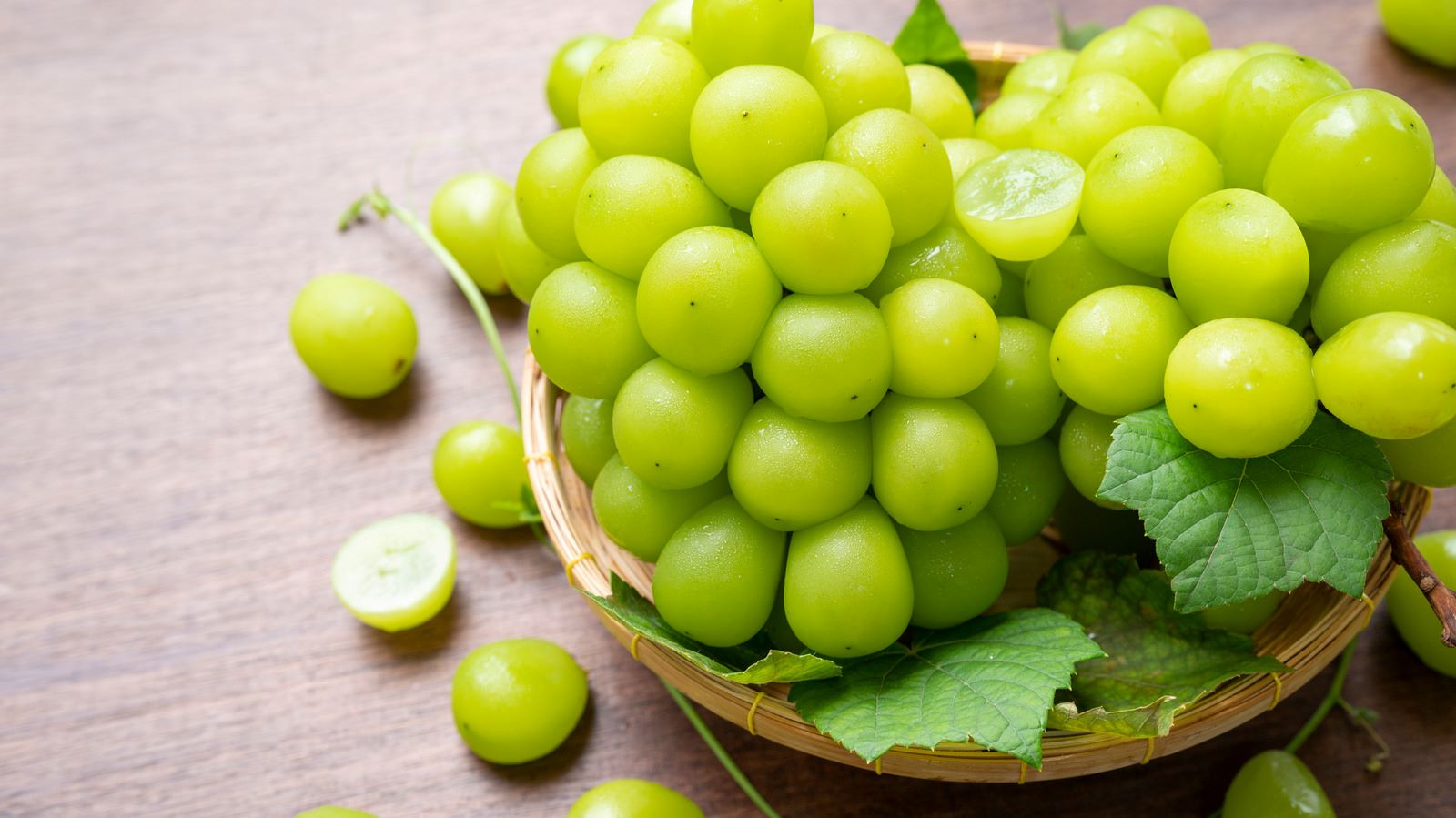
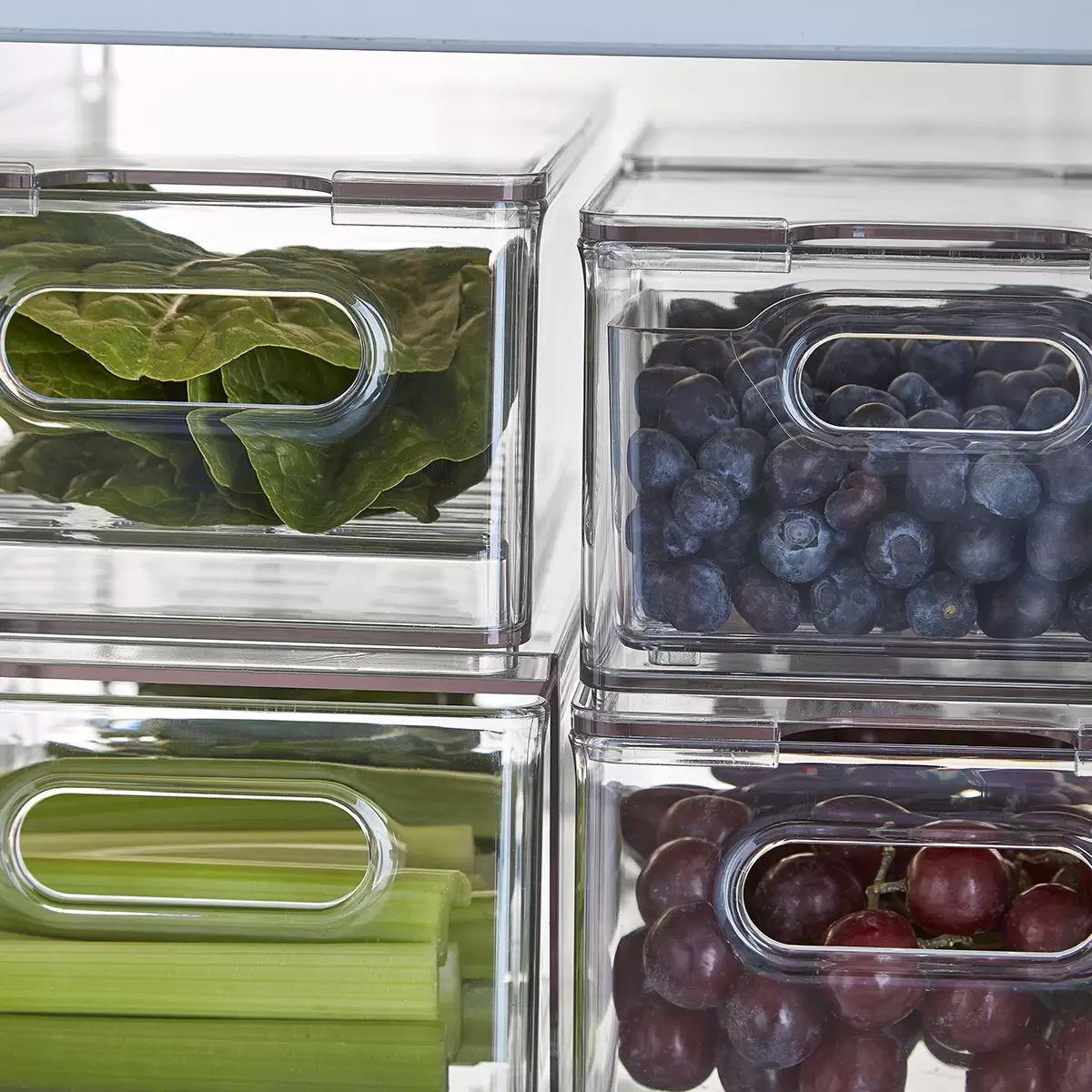
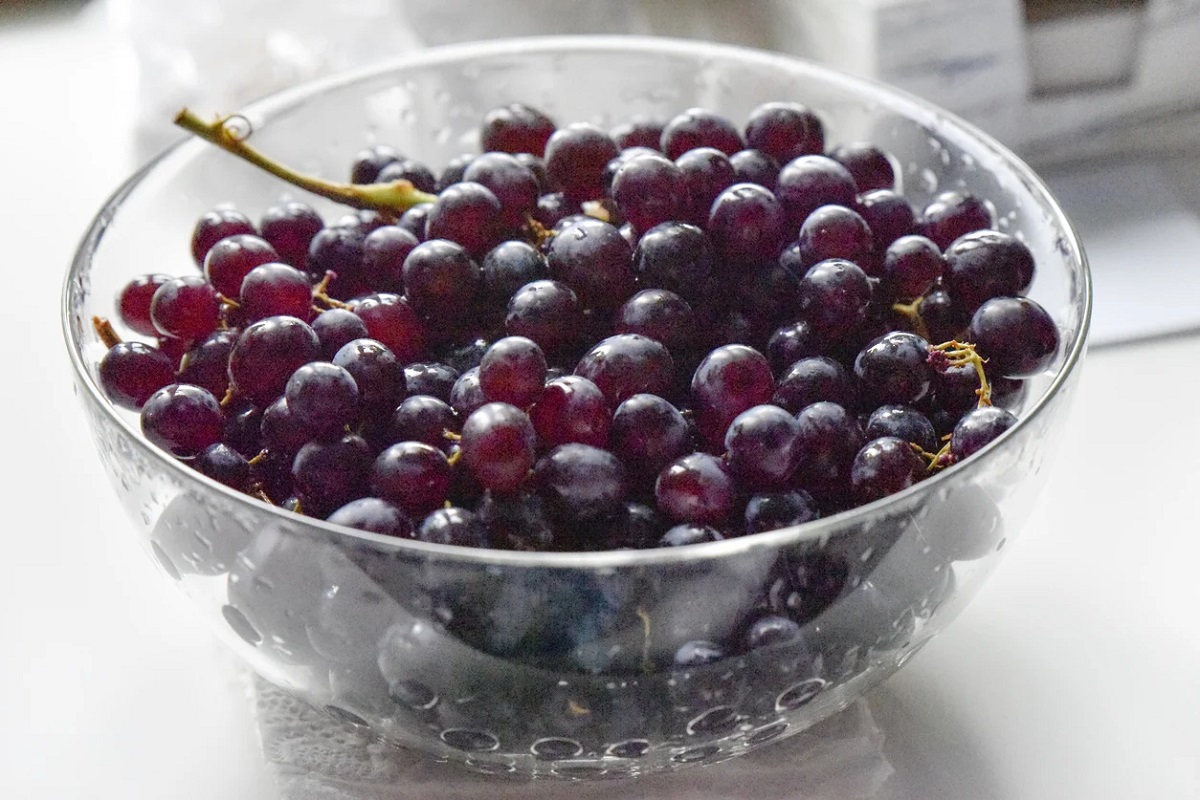

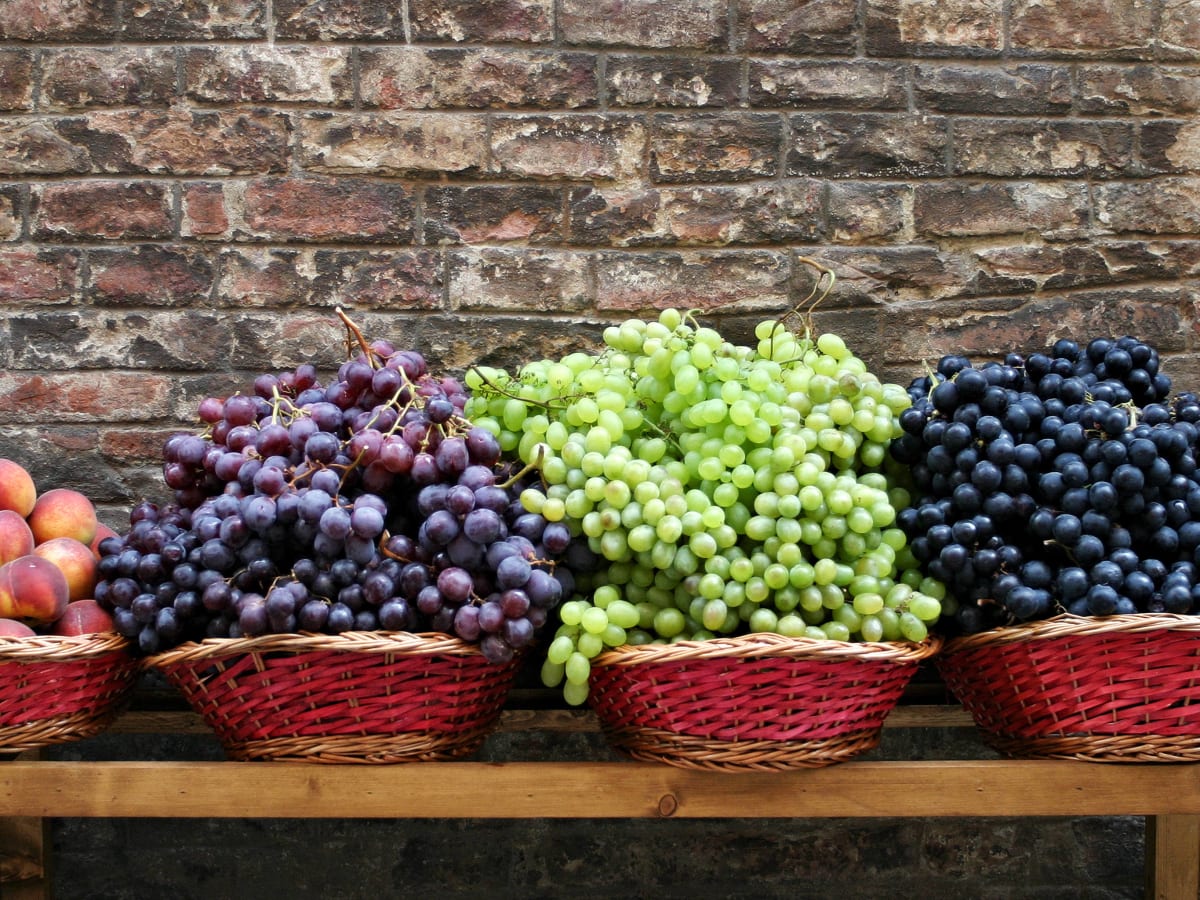
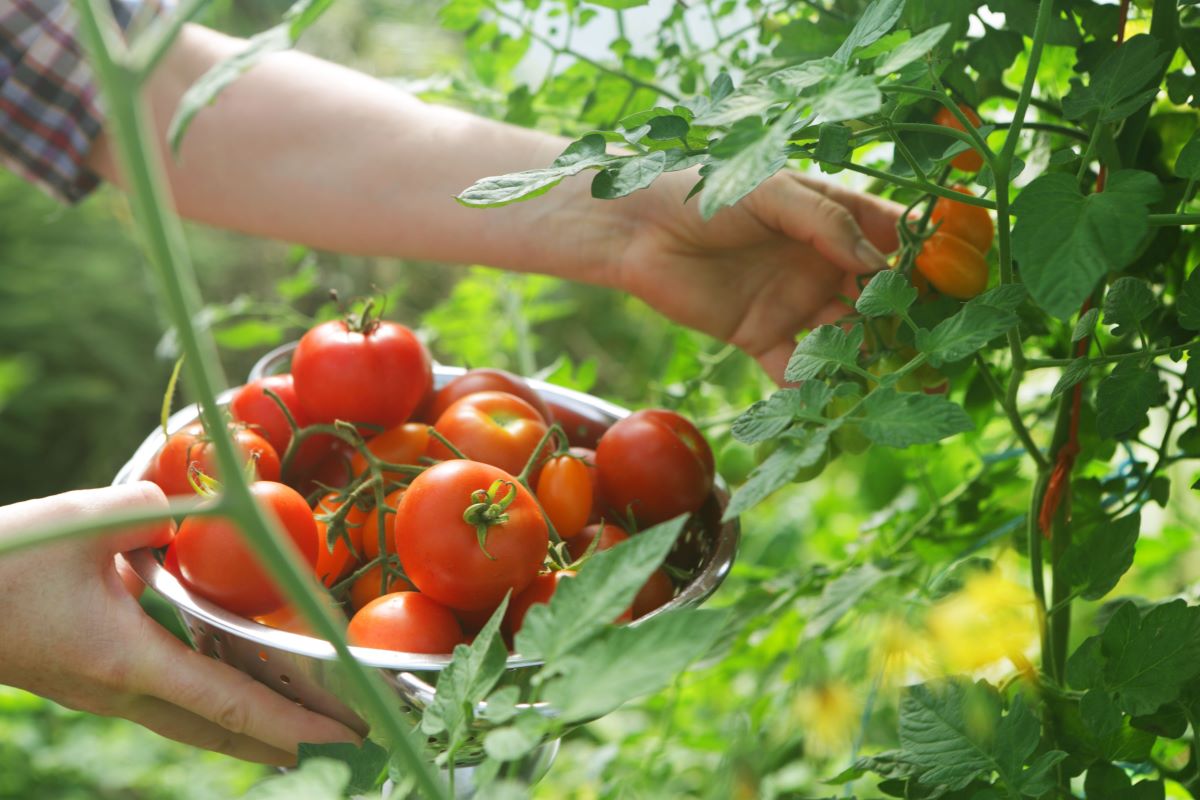

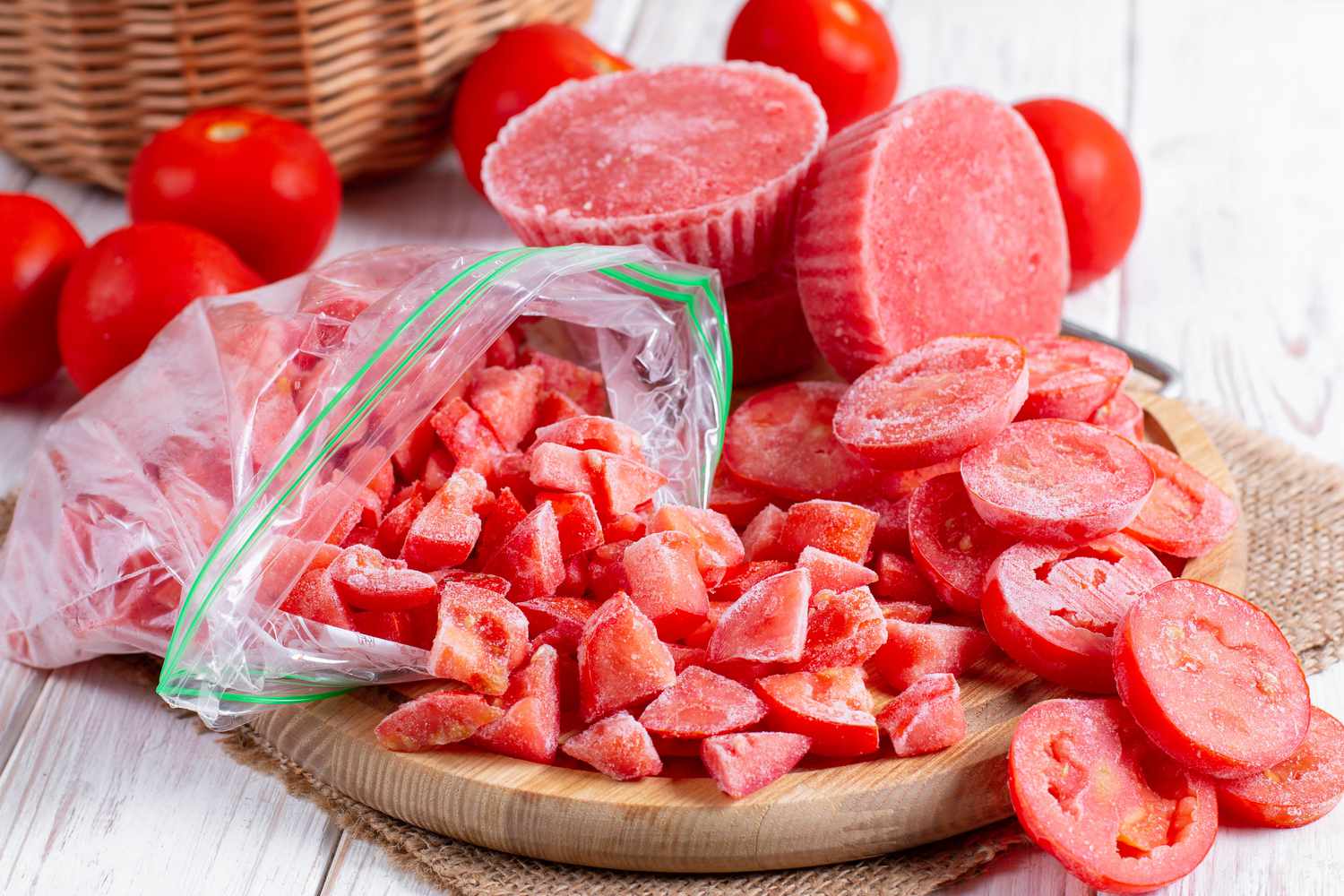
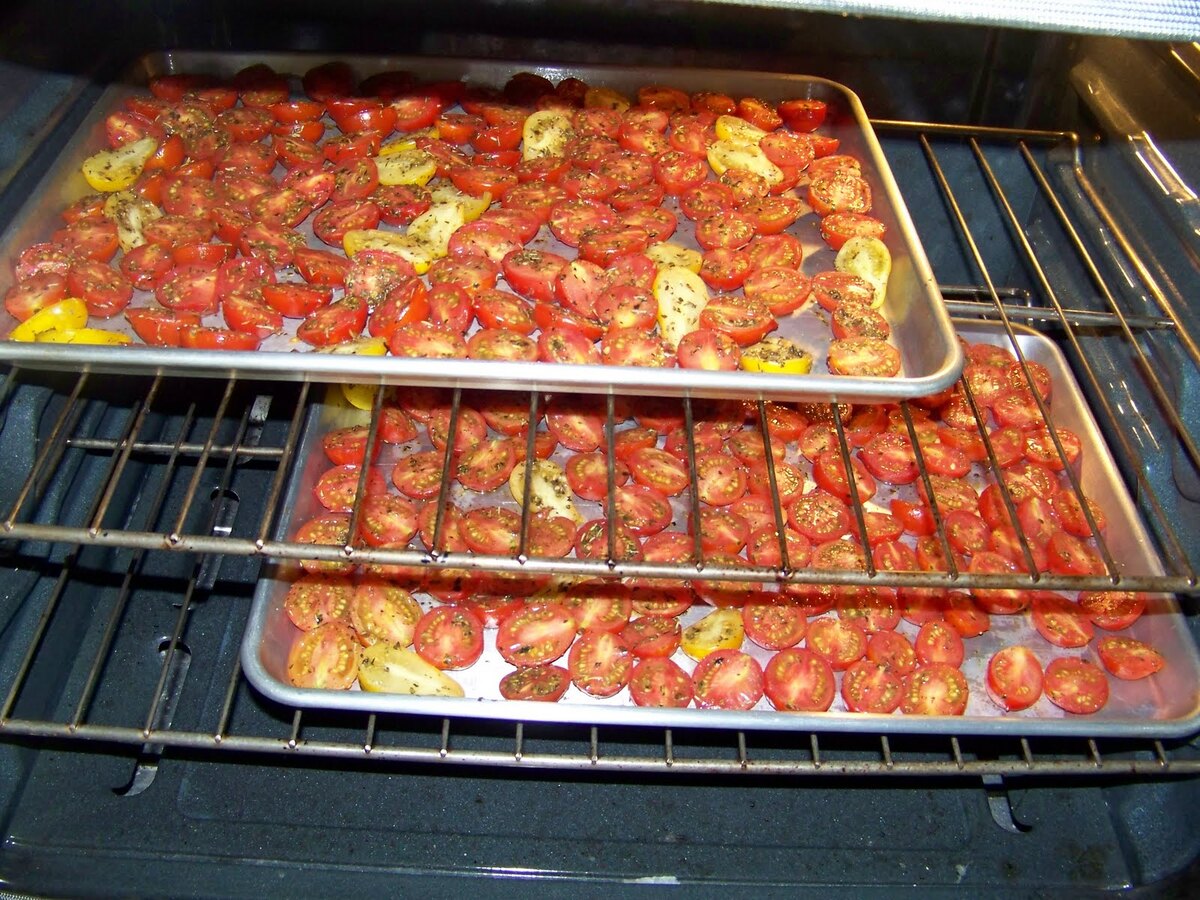
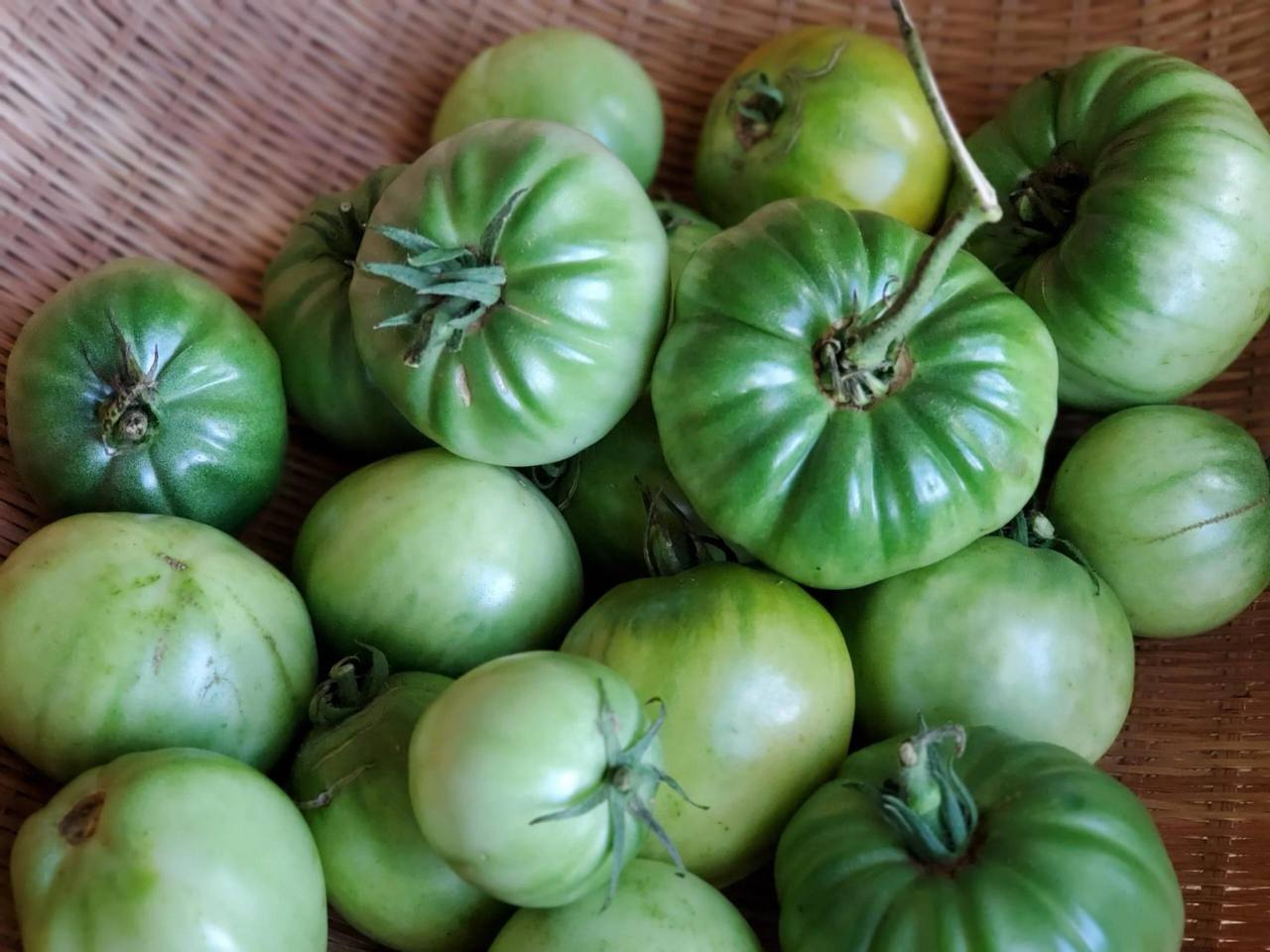
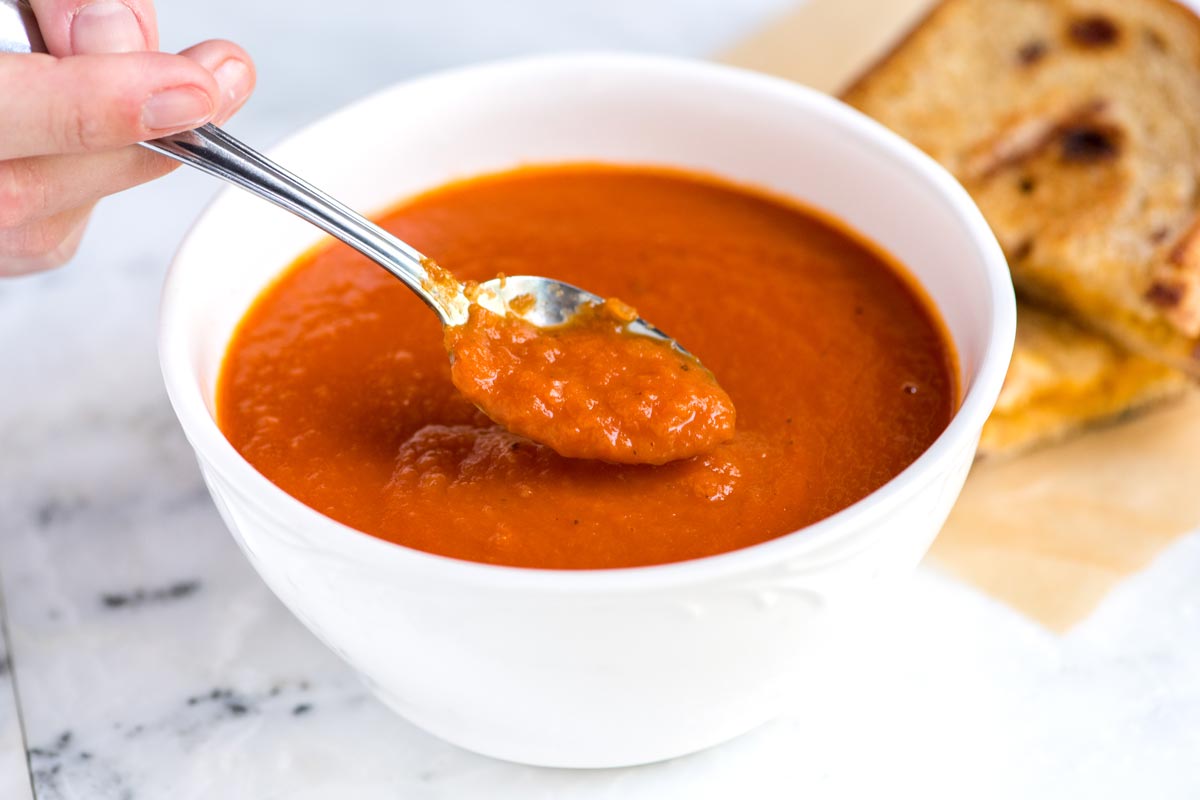

0 thoughts on “How To Store Grape Tomatoes”